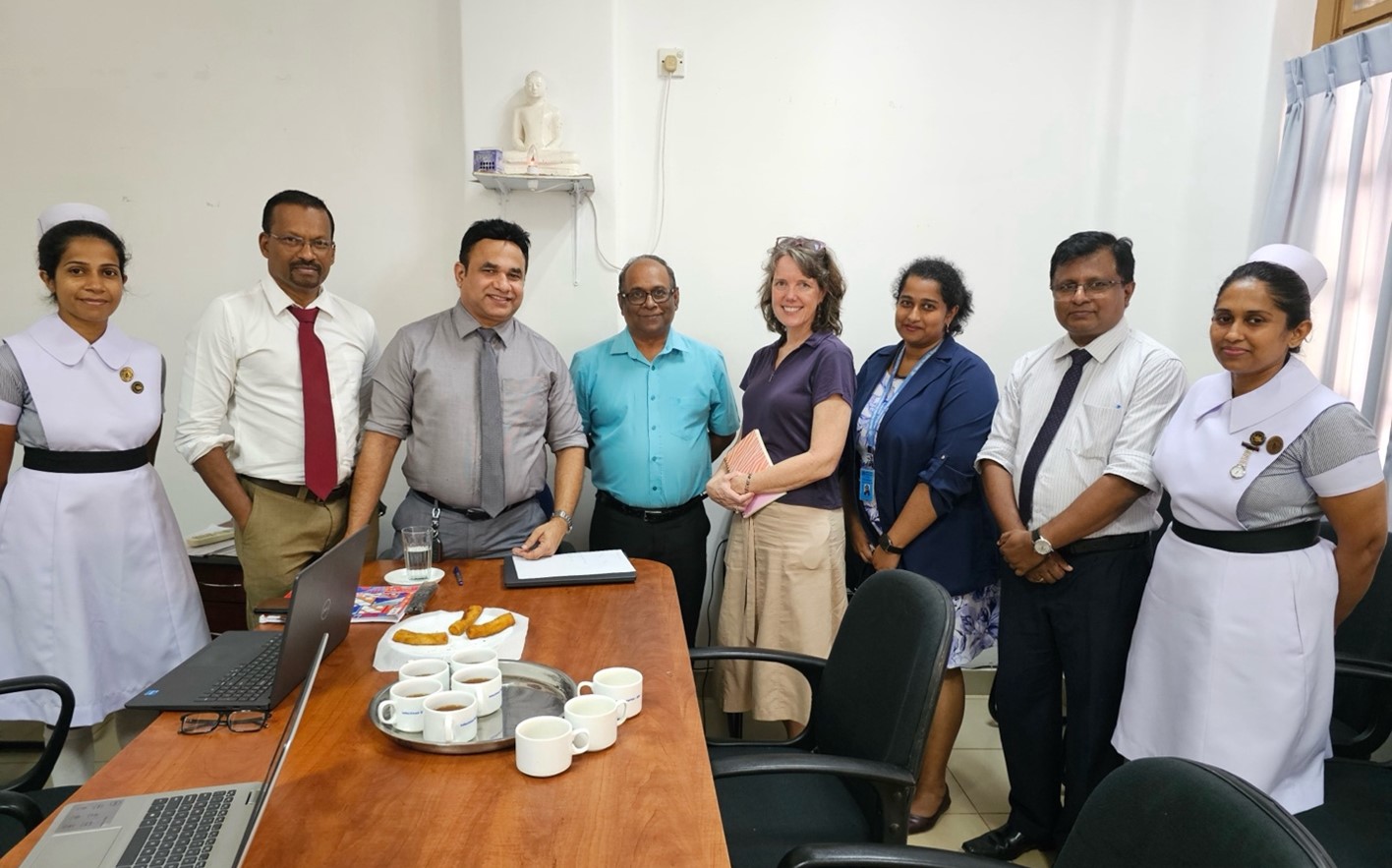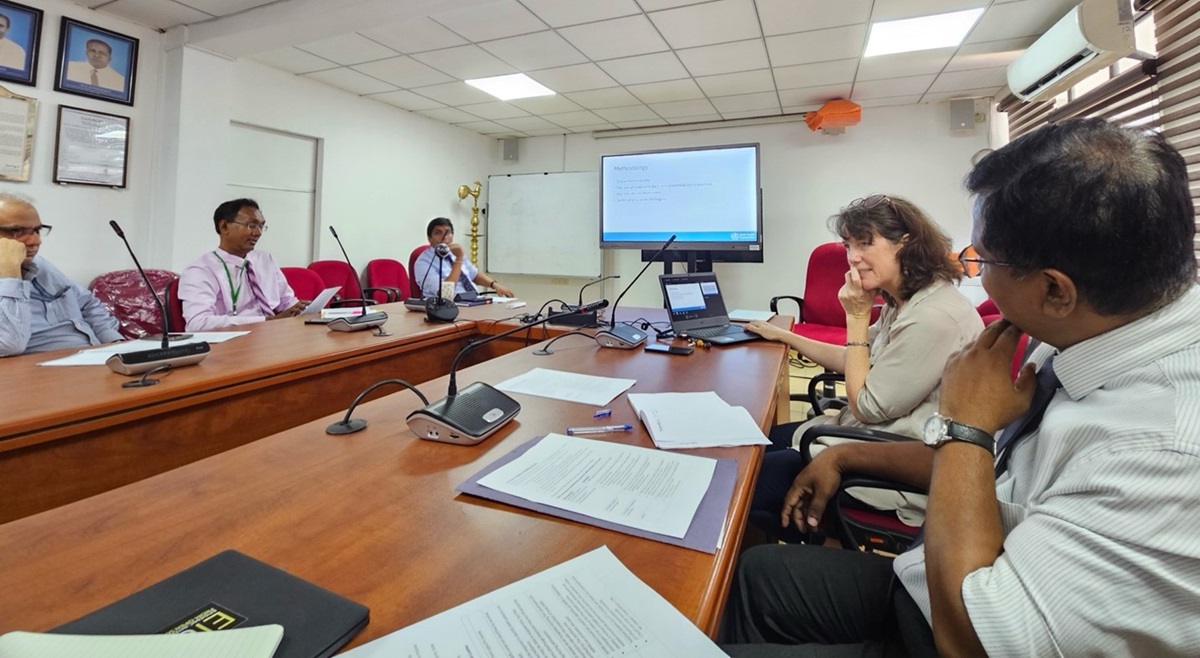Seasonal influenza causes substantial morbidity and mortality worldwide, with an estimated one billion cases annually, including 3 to 5 million cases of severe illness, particularly among older adults, young children under five, pregnant women, and individuals with chronic medical conditions.
Beyond health impacts, influenza epidemics also strain socio-economic conditions. While many of these impacts can be mitigated through targeted interventions, particularly seasonal influenza vaccination, concrete evidence of disease burden is essential to inform such measures.
In low- and middle-income countries, where surveillance and data systems may be less robust, reliable estimates of the disease burden are especially scarce. Yet, such estimates are crucial for informed public health action. Sri Lanka, a country with remarkable achievements in the control of vaccine-preventable diseases, is now exploring the introduction of seasonal influenza vaccination targeting high-risk groups.
Recognizing this need, Sri Lanka has taken a significant step forward by initiating a feasibility assessment to outline the way forward for estimating the influenza Burden of Disease (BoD), supported by the Pandemic Influenza Preparedness (PIP) Partnership Contribution (PC) fund.
Feasibility Assessment: Approach and Findings
At the request of the Ministry of Health, Sri Lanka, WHO organized an in-country mission from 28 April to 9 May 2025 to assess the feasibility of conducting an influenza Burden of Disease (BoD) estimation. The mission was supported by an international consultant and aimed to evaluate the existing influenza sentinel surveillance systems for severe acute respiratory infection (SARI) and influenza-like illness (ILI), and their capacity to generate the data required for reliable disease burden estimation in the country.
Site visit to Lady Ridgeway Hospital, Sri Lanka. (Photo Credit: WCO Sri Lanka)
The assessment included a comprehensive desk review of key documents, such as influenza surveillance standard operating procedures (SOPs), FluSys data entry forms, and relevant information available on official websites.
This was complemented by a preliminary analysis of available surveillance data, including submissions to WHO’s FluID and FluNet platforms. Additionally, key informant interviews (KIIs) were conducted during the in-country mission with officials from the Ministry of Health’s Epidemiology Unit, the Medical Research Institute (MRI), the National Institute for Infectious Diseases (NIID), Lady Ridgeway Hospital (LRH), and staff from national public health and university laboratories.
This was followed by a debriefing meeting with the Chief Epidemiologist and stakeholders from the Epidemiology Unit and MRI to share the preliminary findings and discuss the next steps towards developing a comprehensive implementation plan for BoD estimation..
Key considerations for Sri Lanka during the full implementation phase include:
- Ensuring consistent and complete patient-level data entry across all sentinel surveillance sites and laboratories, including demographics, clinical indicators, and laboratory results for enhancing data accuracy and surveillance site performance.
- Identifying and prioritizing sentinel surveillance sites that provide high-quality data and cater to clearly defined catchment populations to strengthen the representativeness and utility of surveillance data for burden of disease estimation.
- Implementing and monitoring the use of a standardized national protocol for systematic or simple random selection of ILI and SARI patients for virological testing to minimize sampling bias and improve reliability of disease burden estimates.
- Exploring variations in ICD-10 coding practices in hospital morbidity and mortality reporting systems, standardizing and using these data to identify SARI-related hospitalizations and catchment populations for robust influenza burden calculations

Site visit to National Institute for Infectious Diseases (Photo Credit: WCO Sri Lanka)
Next Steps
With strengthened virological surveillance and full utilization of the extensive sentinel surveillance system and associated infrastructure, Sri Lanka aims to generate valid and reliable estimates of influenza burden of disease (BoD). These estimates are expected to inform national decision-makers in considering the potential introduction of seasonal influenza vaccination for high-risk populations in the country.
As part of the regional implementation of the Global Influenza Strategy (2019–2030), and building on the model used in Sri Lanka, WHO’s Regional Office for South-East Asia aims to support additional countries in conducting feasibility assessments to outline the way forward for generating influenza burden of disease (BoD) estimates. This will enable a better understanding of the health and socio-economic impact of seasonal influenza. Estimates of morbidity, mortality, and economic burden will guide evidence-based decision-making, strengthen pandemic preparedness, and contribute to global health security efforts.
